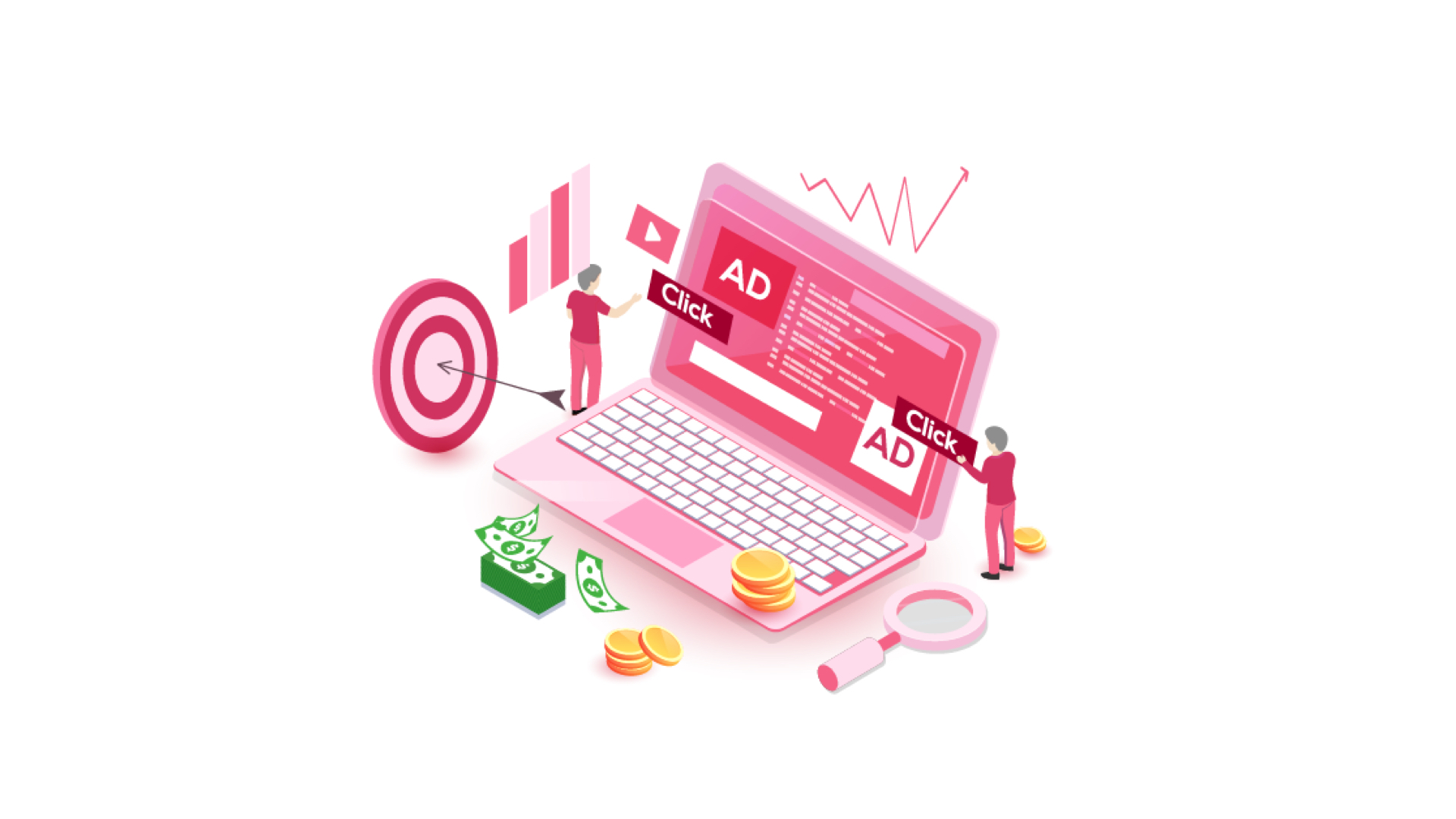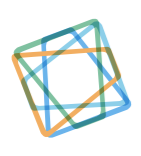What Is an Ad Stack - Components and Elements
April 29, 2021
The technology industry is well-known for growing and evolving at such an incredible pace. Even professionals working in this field often have trouble keeping up with all the new techniques and solutions that emerge and vanish into oblivion. And because this tech niche is trending, the process can accelerate even further.
Adtech is a perfect example of such a case. Most people familiar with this field would probably agree that it is messy. Brands and publishers around the globe increasingly recognize the power of programmatic advertising. The ad tech niche is experiencing truly explosive growth.
Adtech ecosystem is skyrocketing

Today Adtech is such a complex industry. This ecosystem is diverse and incredibly fragmented, with solutions and specialized tools developed to build a successful programmatic ad strategy. This ecosystem includes multiple elements, such as analytics, targeting, data supply, optimization, ad campaign management, and more.
According to this data by Statista, the number of adtech solutions available to industry professionals in 2020 has surpassed 8,000 mark. In 2019, this number was only 7,150. Incredibly in just one year, over 850 new adtech solutions were launched.
This astonishing growth rate illustrates how dynamic and booming this niche is. As programmatic ads do bring lots of benefits to both publishers and advertisers, they also empower them in various ways, forming a healthier and more effective ad market. This is the main predisposition for its booming development that we are currently witnessing.
But this flourishing growth and diversity clearly come with a price. Both publishers and advertisers have to invest time and effort into building their own ad tech stack.
What is an ad stack?

Ad stack is a selection of multiple ad tech solutions with various purposes. Such as buying and selling ad inventory, managing ad campaigns, targeting, etc., gathered under one roof. Ad stack would normally include solutions and tools matching specific goals and purposes of a particular company.
Needless to say, with a variety of solutions available, setting up a functional programmatic ad stack can be challenging. Especially for small and medium-sized businesses, as building and maintaining ad tech stack requires expertise, time and often considerable financial resources.
If you are new to digital advertising stack building, let us introduce you to the main components of and elements of a typical ad stack.
Main programmatic advertising tech stack components
-
Demand-side platforms (DSPs).
Advertisers, ad agencies and other media buyers all use DSPs. DSPs automate the process of bidding and purchasing impressions, as well as setting up relevant ad targeting. DSPs allow advertisers to automate ad buying based on a number of available targeting attributes. Some of these attributes include user behavior, demographic, relevant search or geolocation. There are many new-generation programmatic demand-side platforms available today, nonetheless older services such as Google Ads and Apple Search Ads are also examples of DSPs.
-
Supply-side platforms (SSPs).
Supply-side platforms do for publishers and ad sellers what DSPs do for advertisers and ad agencies, helping them to manage the sales of targeted ads on their websites and apps. SSPs normally offer a number of programmatic ad tools for ad sales optimization, such as header bidding and other types of automated real-time ad auctions.
-
Data Management Platforms (DMPs).
As programmatic ads require lots of data to be effective, data management platforms are another part of an ad tech stack. Audience and customer data used programmatically is stored by DMPs. Some examples of popular DMPs would be Nielsen DMP, Oracle BlueKai, and Adobe Audience Manager.
-
Ad networks.
Ad networks aggregate ad spaces from various publishers on their platforms and sell them to ad buyers for a commission. Their function is to collect ad supply and match it with demand from advertisers.
-
Ad exchanges
Ad exchanges are similar to ad networks in what they do: connecting publishers with ad inventory to advertisers and ad buyers. The difference is that exchanges allow advertisers and publishers to trade directly on their marketplaces. Then deals take place during real-time auctions powered by RTB (real-time bidding) technology.
Specialized ad tech stack components
While depending on your specific needs, there are multiple other specialized solutions available. These are only the major components of a programmatic advertising tech stack.
Here are the most notable ones.
-
Contextual targeting tools.
Contextual targeting solutions are designed to make sure ads are showing against relevant content, which allows to increase CTR (click-through rate) and conversion rates of programmatic advertising.
-
Dynamic creative optimization (DCO).
Dynamic creative optimization helps advertisers to optimize the performance of their ads and personalize them for specific audiences. Also, DCO solutions improve CTR and help both advertisers and publishers to reduce ad blindness.
-
Geofencing.
Geofencing ad tech tools help advertisers to manage geolocation targeting of their ads. This tool allows them to show ads only to viewers in a specific geographical area.
-
Analytics and reporting.
Being able to analyze and structure the programmatic ad campaigns data is also quite important. Modern ad tech analytical tools are able to analyse large arrays of data and present results on dashboards in real time.
-
Third-party data providers.
Third-party data providers sell high-quality customer data to advertisers, ad agencies and other market players. Ad campaigns utilize this data to gain better results.
-
Data onboarding.
Data onboarding technologies allow companies to securely upload on third-party platforms (such as DSPs). They anonymize data sets that are used for programmatic advertising targeting and optimization.
-
Brand safety.
For brands purchasing programmatic ads it is very important to minimise chances of ads being shown next to inappropriate and potentially damaging to their reputation. Brand safety tools are designed to help make sure each ad is shown against desirable or neutral context.
Trust the pros

Now you can see why building your own full-stack programmatic advertising platform can be a serious challenge, and a considerable financial expense. Not having a functional ad stack in 2021 is clearly not an option for both publishers and advertisers. Furthermore, old rudimentary methods and platforms, such as Google AdSense are just not as effective anymore.
Building ad stacks by integrating numerous solutions under one roof, customizing them to match your specific needs is part of what we do at pubGENIUS. Our ad ops specialists are well-versed in industry’s best practices and trends. We will help you to connect and manage, turning the mess of ad tech solutions into a functional and powerful platform.
Get in touch with pubGENIUS Team to get free consultation 🙂
